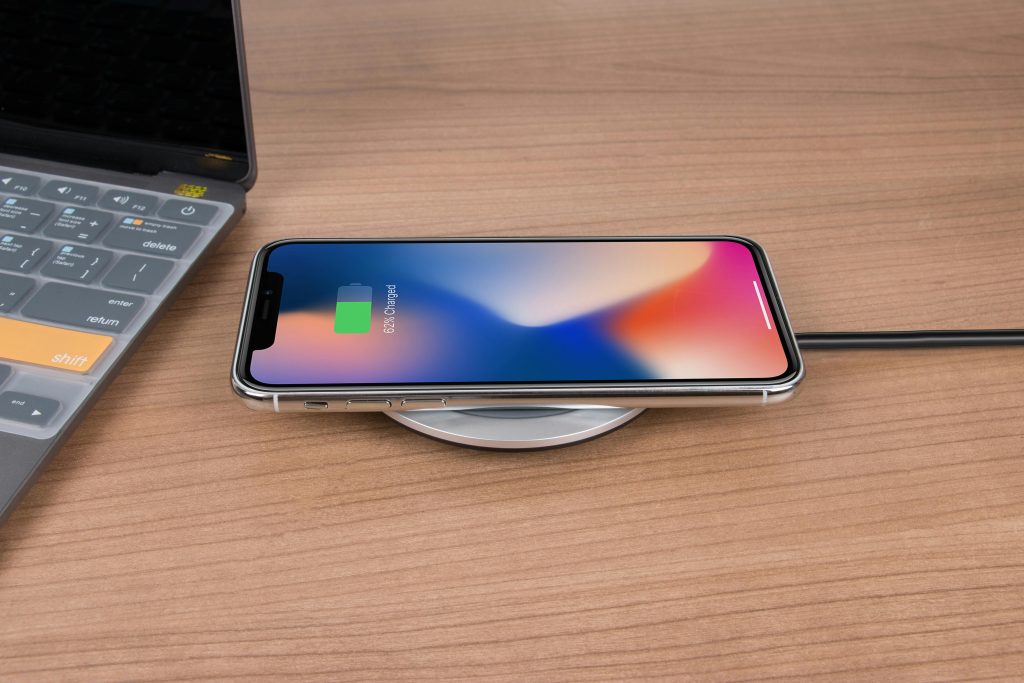Troubleshooting Persistent Windows 11 Update Reinstall and Boot Loops
Many Windows 11 users have encountered a frustrating issue where a recent update repeatedly reinstalls itself or causes the system to enter a continuous restart or loading cycle. Such problems can significantly hamper productivity and overall system stability. If you’ve experienced similar symptoms—such as a perpetual spinning wheel during startup or an unintentional reinstallation of updates—this guide aims to provide insights into the root causes and potential solutions.
Understanding the Issue
In some cases, after attempting to uninstall or defer an update (such as Windows 11 update 24H2 KB5063878, which addresses SSD-related warnings), users might find their device caught in a loop where:
- The system repeatedly attempts to reinstall the problematic update.
- A spinning wheel persists indefinitely during boot.
- The device becomes inaccessible or requires multiple restarts to stabilize.
These symptoms often stem from Windows Update components struggling to resolve update conflicts or from pending system changes that haven’t been fully processed.
Common Scenario
Suppose you’ve followed a tutorial to uninstall a recent Windows 11 update due to compatibility issues. You then set your update settings to defer future updates for a certain period (e.g., six weeks). However, upon restarting your machine, the system:
- Faces difficulties completing the uninstall process.
- Triggers a forced re-download of the update.
- Becomes stuck in a boot loop until the update completes installation or the system is forced to restart.
Such behavior can be distressing, especially when the goal was to prevent or delay problematic updates.
Strategies for Resolution
To address and prevent this recurring update and restart cycle, consider the following techniques:
1. Use the Windows Update Troubleshooter
Microsoft provides built-in troubleshooters that can help identify and fix update-related issues.
- Navigate to Settings > System > Troubleshoot > Other troubleshooters.
- Run the Windows Update Troubleshooter.
- Follow on-screen instructions to resolve common update problems.
2. Manually Hide the Problematic Update
To stop Windows from reinstalling a specific update:
- Download and run the Show or hide updates troubleshooter from Microsoft’s support website.
- Select Hide updates and choose KB5063878 (or your specific update).
- This prevents Windows from attempting to reinstall that update automatically.
3. Use Deployment Imaging Service and Management Tool (DISM) & System File Checker (SFC)
These tools can repair system files
Share this content:



